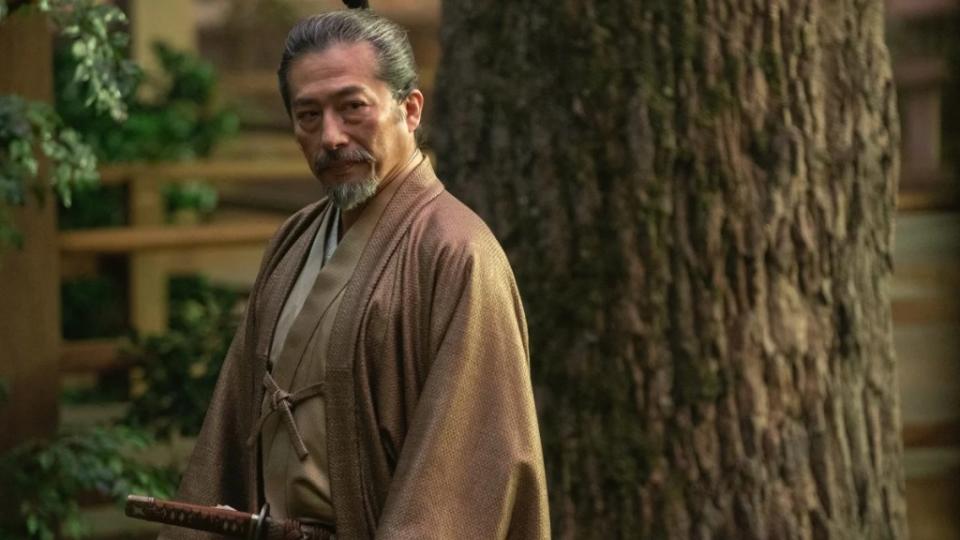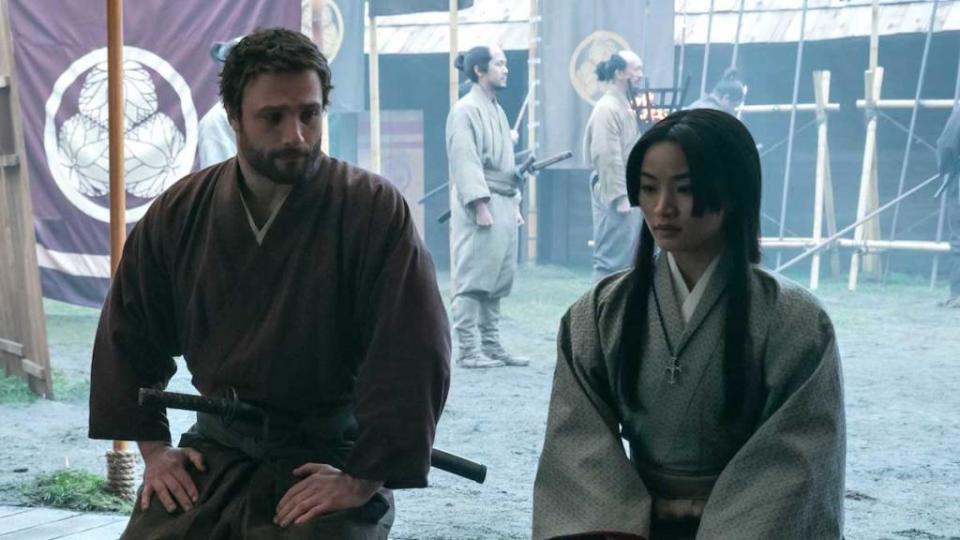How the ‘Shōgun’ Composers Scored ‘What’s Left Unsaid’ With Characters’ Inner Monologues
Composers Atticus Ross, Leopold Ross and Nick Chuba’s innovative score to FX series “Shōgun” is “very much about what’s left unsaid.”
As Leopold, the brother to frequent Trent Reznor collaborator Atticus, told TheWrap in a recent interview, “Something that we really talked about a lot with [director Jonathan van Tulleken] and [co-creator] Justin [Marks] was scoring the psychology of the characters.”
The series, which is set in 16th century Japan, stars Hiroyuki Sanada as Yoshii Toranaga, a lord whose rivals are plotting to remove him from power. He cannot be direct about his intentions, and neither can stranded British sailor John Blackthorne (Cosmo Jarvis) nor Japanese translator Mariko (Anna Sawai).
“It’s very much about what’s left unsaid,” said Leopold. “You’re scoring what’s going on inside a character’s head rather than what’s coming out of their mouth.”
The three musicians — who previously collaborated on the score for Peacock’s “Dr. Death” — recorded traditional musicians playing Japanese Gagaku instruments. They then sampled the Gagaku music digitally to create a score that “isn’t necessarily Eastern or Western, or ancient or modern, but living between those kinds of lines,” Atticus said.
The composers also spoke to TheWrap about how they developed the musical themes for each character and why one character’s theme is played with rubber bands.
TheWrap: How did you develop the themes for the different characters?
Atticus Ross: The main themes, in the first two episodes, you’re meant to feel like you’ve landed on an alien planet. And then as the show reveals itself, the score reveals itself in terms of the character themes.
Leopold Ross: As the show goes on, the score kind of crystallizes down to five or six character themes and relationship themes. From Episodes 5 through 10, it’s pretty much only those themes that are playing. Toranaga obviously has a theme. Blackphone has a theme, which is essentially the main title theme. Mariko has a theme, Mariko and Blackthorne’s relationship has a theme. All the big characters have their own kind of melody or texture.

Can you talk about how you came up with the theme for Toranaga?
LR: For Toranaga, it was about matching his grandness. He’s always five steps ahead of everybody else. So it was landing the intelligence of him and the regal-ness of him, in a way.
AR: Do you want to talk about the inverse Toranaga theme? Your excellent rubber band playing?
LR: There’s a character called Ishido (played by Takehiro Hira). Essentially, he’s a bureaucrat and he calls himself that in his own words and in a kind of demeaning way. He could be viewed as the comedic relief in some ways, so we needed to highlight that aspect.
After we became familiar with the Gagaku instrumentation, we became aware of how a lot of their stringed instruments don’t have any decay, so when you’re playing a B Wah for example, there’s no sustain or decay on the notes when you pluck. So after some messing around, we figured out that stringing up a synthesizer with rubber bands and plucking the rubber bands put it in a similar world to the B Wah, except it had a slightly goofy quality to it. It sounds, essentially, like the Toranaga theme, except played on rubber bands.
AR: He aspires to be Toranaga, but he will never be, right? And Leo is an excellent rubber band player.
Nick Chuba: The Gagaku musicians play in a different tuning system than ours. So if you think of the note A in western tuning, that’s 440 cycles per second. But Gagaku music is at 430. So everything they play sounds flat to us. If I played a guitar along with their period specific instruments, it would sound sharp to our ears and not congregate. So we tuned a lot of our synthesizers and drum machines down to match their pitch to fit in with their ensemble, and vice versa, tune them up sometimes. So there’s sometimes we left it, and it sounded dissonant in an interesting way. It was just a process of figuring out how to match the styles together.

Can you talk about the Mariko theme?
NC: Her theme is more delicate and introspective than most of the other stuff. And some of that comes from the flute that her theme is played on. There’s just a lot of space in it and we were trying to make something that sounded reflective and more introspective when thinking about her character.
As it starts to happen in Episode 5, as her and Blackthorne’s relationship progresses, the Blackthorne melody, which is also played on a flute, starts to happen and meld with her melody and they start to interact with each other in a way that’s interesting. You start to hear a lot of her theme in his theme and they crossover and blend together as the show goes on.
LR: Another thing I’ve mentioned about the Mariko theme is the way it develops over the course of the show. At the beginning, it is very introspective and spacious, but it develops into a kind of larger, more powerful thing as the show goes on, and as her arc goes on.
New episodes of “Shōgun” air on FX on Tuesdays and also stream on Hulu.
The post How the ‘Shōgun’ Composers Scored ‘What’s Left Unsaid’ With Characters’ Inner Monologues appeared first on TheWrap.

 Yahoo Movies
Yahoo Movies 
